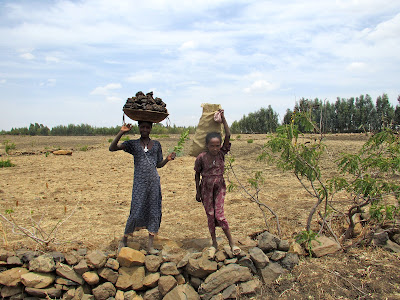Last week I attended the JSC Mid-Year Seminar in Jerusalem. All 25 fellows traveled near and far to spend 4 full days together sharing our diverse experiences and universal difficulties, listening and learning, problem-solving and probing, and reflecting and reacting. This year's fellows are located in Argentina, Latvia, Ukraine, Russia, Turkey, Israel, India, China, Rwanda, and Ethiopia. At first our environments and roles seemed very different. Personally, I was just happy to be in Israel with a functional shower always ready to produce hot, running water. The food was an added bonus! I enjoyed my fair share of chocolate rugelach, halvah, fresh fruits and vegetables, yogurt, falafel, and hummus.
By the end of the seminar I was able to connect with fellows in seemingly dissimilar placements. The discussions that I found most helpful and relevant to my placement were on empowering local communities, managing relationships and expectations, and maintaining individual sustainability. Informally, we shared stories and lots of laughs about language barriers, miscommunications, and culture shock.
We also worked on peer consulting in small groups. We each brought an issue to the session. I decided to speak about my difficulties teaching — the large classes, lack of sufficient resources, apathetic and insubordinate students as well as my lack of authority and disciplinary power. I was surprised to receive refreshing suggestions such as reorganizing the seating arrangements of classrooms and empowering the stronger students to lead by example.

I came away from the seminar with a supportive and motivated network of like-minded peers and new ideas to encourage my students in Gonder. Even though we are scattered around the world, I know that many of us will remain in touch, bounce ideas off each other, solicit advice, and just vent about our daily frustrations. Before attending the seminar, I did not think that I had much in common with the other fellows. My background was different, my goals were different, my placement was different. Off in Ethiopia I was isolated from the group. Slowly over the course of the 4 days I realized that a larger, shared JSC experience does exist, and now we are inextricably interconnected.


















































